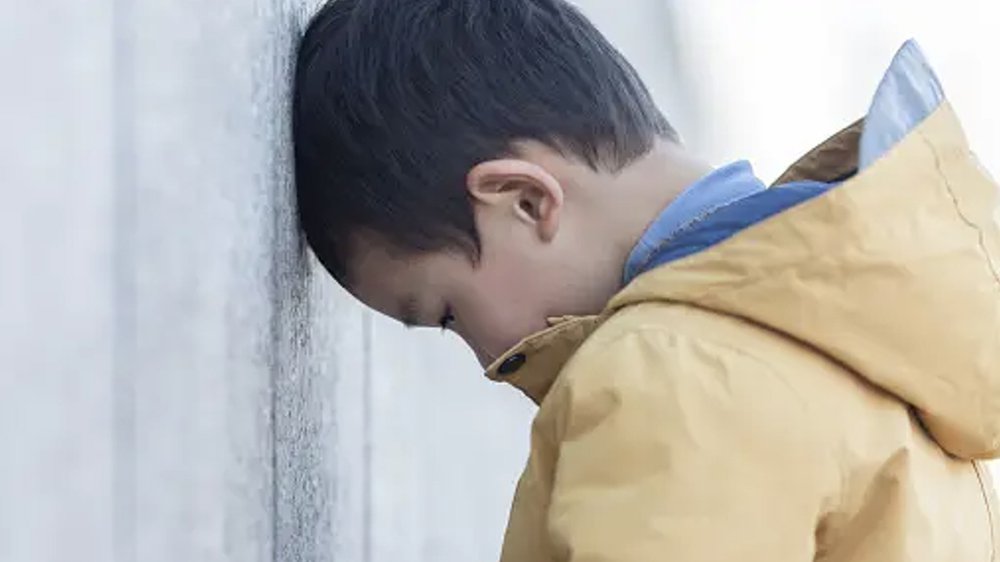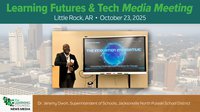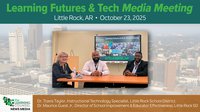It's difficult to escape the onslaught of bad news about children, across the globe, exposed to neglect, abuse, domestic violence, sexual trafficking, poverty, discrimination and oppression. These adverse childhood experiences or ACEs appear to be part of the fabric of human existence. And if history is a barometer, they are unlikely to disappear any time soon, making it imperative that we understand how adversity gets under a child’s skin, creating a traumatic response that impacts development, including the ability to learn in school.
A significant barrier to understanding and ultimately, treatment, are six common myths about adverse childhood experiences and trauma. Exposing these myths will enable educators, counselors, doctors, and parents to more profoundly help children recover from and build resilience to their trauma.
Myth 1: Child abuse and neglect are uncommon, often restricted to poor, uneducated populations.
The World Health Organization estimates that 1 billion children each year are maltreated, across the globe, in poor and wealthy nations, with and without religious backgrounds, and encompassing the full spectrum of educational achievements. This staggering number is actually an underestimate of children who potentially suffer from adverse experiences as it limits the focus to abuse and neglect, ignoring poverty, war, discrimination, oppression, and displacement, experiences that have been brought to the fore of late due to the wars in Ukraine and Gaza.
Myth 2: Adverse childhood experiences (ACEs) are synonymous with childhood trauma.
ACEs, as the acronym spells out, refers to adverse experiences whereas trauma — etymologically scarring of the body and brain — refers to potentially adverse outcomes or responses. Some children respond to ACEs with trauma, others with resilience. Using an ACE score to determine treatment as well as policy is misguided as it skirts the nature of the response, the essential outcome required for treatment.
Myth 3: The ACE score can be used to determine an individual’s health risks.
The ACE score is a tally of the number of different types of adverse experiences accumulated from birth to the age of 18 years. This score was never intended as a measure of the individual’s risk, but rather, a population’s risk. A population with an average ACE score of 1 is associated with a lower risk to physical and mental health problems than a population with an average ACE score of 4. An individual’s ACE score is not an accurate or reliable measure of their health risks.
The ACE score is also a retrospective measure of what adult’s recall about their experiences from birth to 18. Evidence shows that these memories are unreliable, perhaps especially during the youngest ages: individuals who never had ACEs based on government or court records often report having them, and individuals who fail to report having ACEs often have a record of having them.
And the ACE score is simply a count of the number of different types of adverse experiences. There is no accounting of four other critical dimensions of adversity — the adverse Ts: timing, tenure, turbulence, and toxicity. The timing of adversity is essential to understanding given that different developmental processes — language, social relationships, emotional awareness, self-regulation — mature at different ages, reliant upon different kinds of experiences. The tenure of adversity determines how long a child is exposed to maltreatment which not only determines the period of stress but also may traverse different critical or sensitive periods of development. Turbulence refers to the predictability or controllability of adversity; lack of control often leads to learned helplessness, with its sequelae of mental and physical health problems. Toxicity is the severity of the experience. All of these dimensions have the potential to uniquely shape the child’s response, which is critical to designing targeted interventions to help them.
Myth 4: Childhood trauma results in a common set of physical and mental health risks.
The term “trauma” is often used to refer to an upsetting, frightening, or stressful response. In school settings and beyond, it is common to talk about a child with trauma or a trauma history. But this broad label fails to capture how the adverse Ts sculpt the child’s response leading to traumatic signatures — distinctive wounds that are as revelatory for treatment as distinctive rashes on the skin.
Consider neglect and abuse. These two different types of adversity result in different responses, some highly adaptive and others maladaptive. As in all other mammals, human infants respond to neglect — the scarcity of resources — by slowing down development, delaying maturation for better times. In contrast, abusive or threatening environments cause infants to speed up development, maturing more quickly in order to handle dangerous situations. Children who have been neglected show delays in the development of executive functions — attention, short term memory, self-regulation, and planning — critical to functioning in school and beyond. Children who have been abused or threatened are perpetually vigilant, on high alert because the environment feels unsafe. Such stress spills over into emotional dysregulation, which leads to disruptive behaviors for learning such as aggression, self-injury, and dangerous risk-taking. These unique traumatic signatures drive interventions to help with recover and resilience.
Myth 5: Childhood trauma is the root cause of substance abuse disorders.
It is true that some individuals who live with substance abuse have a history of adverse childhood experiences and trauma, and drugs provide an outlet for their pain. But the percentage of individuals with childhood trauma who abuse substances is small and the link between ACEs and substance abuse is often tenuous given other factors. For example, in a study of approximately 8200 Norwegian adolescents (average age of about 16 years), where 66% had ACEs, only 2% had substance abuse disorders. This study is notable as it assesses adolescents who are more proximal to their adversity than studies of adults. In adult studies, the adverse experiences often occurred far back in time, and other factors may well have led to substance abuse in the intervening years.
Myth 6: Childhood trauma always undermines attachment and relationships.
Only some types of adverse childhood experiences — for example, neglect and abuse — can cause challenges for attachment and relationships outside of the family, but the nature of these challenges depends on when in development they occur, for how long, and with what severity. For example, in studies of Romanian orphans, results showed that severe deprivation of essential needs led to 10% of children showing no attachment at all and the majority of other children showing either disinhibited or reactive attachment disorders. However, these attachment disorders were not seen or quickly dissipated if the orphaned children were adopted by the age of about 2.5 years old. Understanding these dimensions of a child's experience fundamentally fuels our approaches to helping them recover and build resilience.
Educators are often confronted with children living with adverse experiences and many manifest traumatic responses. Recognizing these myths and changing ones mindset is an important step in creating trauma-informed schools.
About the author
Marc Hauser, PhD, is an educator, neuroscientist, and the founder of Risk Eraser, a program that helps at-risk kids lead healthier lives. He is a former professor of evolutionary biology and psychology at Harvard University and the author of over three hundred papers. He brings over 30 years of experience as a research scientist, educator, consultant, and public speaker, including national and international experience working with students, schools, universities, and NGOs.











